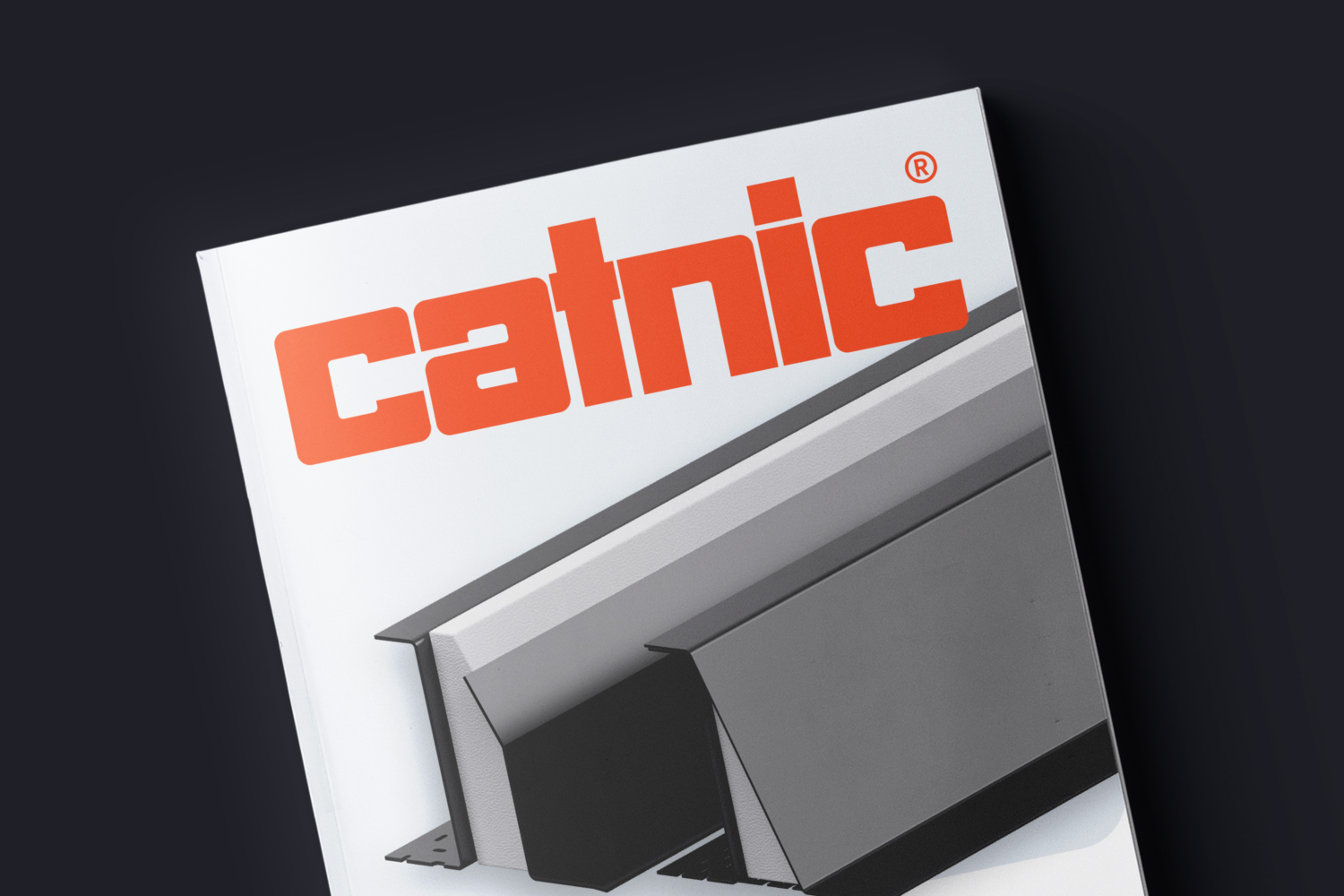Features
Thermal Performance
The Fabric Energy Efficiency Standard (FEES) forms the foundations of the Building Regulations Part L 2021.
This focuses on the thermal performance for walls, roof and floors of the building, which have been continually improved with the revisions to the regulations. Improving the thermal performance of the walls emphasises the increasing proportion of heat lost through thermal bridges in the building fabric such as lintels if these details are not improved. The heat lost through linear thermal bridges in called the Psi value and is measured in W/mK.
Replacing the traditional lintels with Catnic Thermally Broken Lintel the heat loss through the window head detail can be reduced by up to 96%.
Existing default psi values for lintels as listed in BRE IP 1/06 are shown below:
| Junction detail in external walls | Default Psi value (W/m.K) |
|---|---|
| Steel lintel with perforated base plate | 0.5 |
| Other lintels | 0.3 |
On a typical 4 bedroom house with 1200 square feet, the heat loss through a standard lintel can account for about 6%* of the overall heat loss through the fabric of the house. Using a Catnic Thermally broken Lintel reduces this to 0.25% making it effectively insignificant.
*based on a default lintel psi value of 0.5 W/mK
Psi values (W/mK)
SAP 10.2 Appendix R
Part L of the Building Regulations has got progressively more complicated
To make it easier to comply an optional “standard recipe”, based on the Part L 2021 Notional dwelling, has been introduced. A summary is shown in the table below, full details can be found in Sap 10.2 Appendix R.
If you follow the standard recipe you will achieve the CO2 and fabric energy efficiency targets to comply with Part L.
The standard recipe requires a lintel psi value of 0.05 W/mK. All Catnic Thermally Broken Lintels will provide psi values of 0.05 W/mK or better.
| Opening Areas | Same as actual up to 25% of floor area |
| Ext. Wall (W/m2K) | 0.18 |
| Party Walls (W/m2K) | 0 |
| Floor (W/m2K) | 0/13 |
| Roof (W/m2K) | 0.13 |
| Windows (W/m2K) | 1.4 |
| Air tightness | 5 |
| Non repeating thermal bridging | Standard psi values from Appendix R of SAP |
| Ventilation Type | Natural (with extracts) |
| Gas Boiler | 89.5% |
How does the Catnic thermally broken steel lintel achieve its performance?
The Catnic TBL comprises powder-coated galvanised steel components either side of an expanded polystyrene (EPS) insulation core. The steel components are bonded to the insulation using adhesive and, as there are no brackets, the steel is not continuous from one side of the lintel to the other. This is a unique design, with Catnic being the ONLY steel lintel manufacturer to offer a solution with NO brackets.
The low psi values offered by the Catnic TBL can allow other areas of the building fabric to be optimised. Where the aim is to achieve an even higher level of energy efficiency compared to building regulation compliance, specification of Catnic TBLs is essential.







